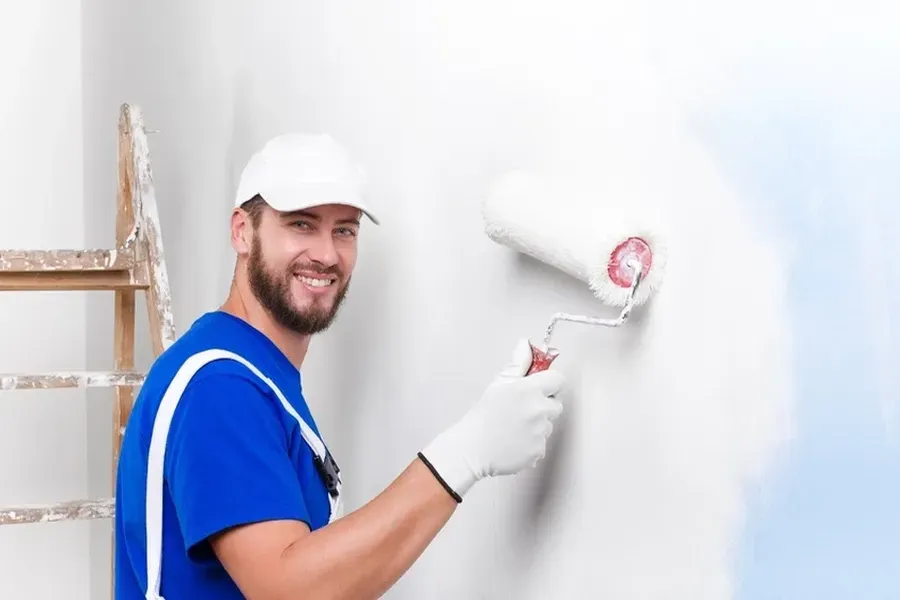The Importance of Proper Surface Preparation for Quality Painting Outcomes
Before you start painting the interior of your home, there’s a crucial step that should not be overlooked: preparation. Proper preparation can significantly affect the final results of your painting project. From ensuring an even coat to increasing paint adhesion, the way you prepare your walls is key to achieving lasting and professional-looking results. Whether you’re tackling a DIY project or hiring professionals, understanding how preparation affects interior painting results helps you appreciate the importance of this essential step.

The Role of Cleaning Surfaces Before Painting
Cleaning surfaces before painting may seem like a small task, but it has a big impact on the outcome. Dust and grime can prevent paint from adhering properly. This leads to peeling or uneven finishes over time. By thoroughly cleaning walls with soap and water or a mild detergent, you remove barriers that hinder paint sticking effectively. This simple act ensures a smooth surface for the primer and paint layers, enhancing durability and appearance.
Why Sanding Is Essential
Sanding is another vital part of preparation for achieving top-quality results. It smoothes out imperfections on surfaces, such as bumps or previous paint drips, allowing for flawless application. Moreover, sanding helps create a texture that enhances paint adhesion. When undertaking interior painting services, experts often sand to ensure every layer bonds well, leading to longer-lasting results.

The Impact of Priming on Paint Longevity
Priming plays a critical role in prolonging the life of your paint job. Primer serves as a base layer that improves paint adherence by providing a uniform surface. It also seals porous materials, preventing absorption issues. For anyone considering engaging with professional interior painting services, using primer is non-negotiable for achieving durable and vibrant finishings.
Common Mistakes in Surface Preparation
Many people make mistakes during preparation that can affect their project’s success. Skipping steps like cleaning or priming are common errors. Using incorrect sanding techniques or choosing unsuitable primers can also lead to complications. Avoid these pitfalls by following recommended practices for each stage of wall preparation before painting.
Steps for Effective Surface Preparation
Here’s a simple process to follow when preparing your walls:
- Start by removing furniture and covering floors with drop cloths.
- Clean the walls thoroughly to eliminate dust and grease.
- Sand down any rough areas to achieve a smooth surface.
- Repair holes or cracks with appropriate fillers and allow them to dry.
- Apply primer across all surfaces, focusing especially on problem areas.
Best Practices for Maintaining Painted Walls
Once your walls are painted, proper maintenance is important to keep them looking fresh. Regularly dust your walls using a microfiber cloth. Address stains quickly with gentle cleaners that won’t strip the paint. Keep humidity levels controlled within your home to avoid moisture damage.
Choosing the Right Tools and Materials
The tools and materials you use directly impact the quality of your painting results. High-quality brushes and rollers provide better coverage and smooth finishes compared to cheaper alternatives. Likewise, selecting the right type of paint for your specific needs-be it oil-based or latex-ensures long-term satisfaction with your project.
Final Thoughts on Achieving Excellent Painting Results
A successful interior painting project relies heavily on thorough preparation. By taking the time to clean, sand, and prime surfaces correctly, you lay the groundwork for stunning results that last. At Tikos Painting LLC, we understand how crucial these steps are for achieving exceptional outcomes in every painting endeavor. If you’re located in Bay Minette, AL and seeking expert guidance for your next project, contact us at (334) 234-9898 to learn more about our comprehensive services.
